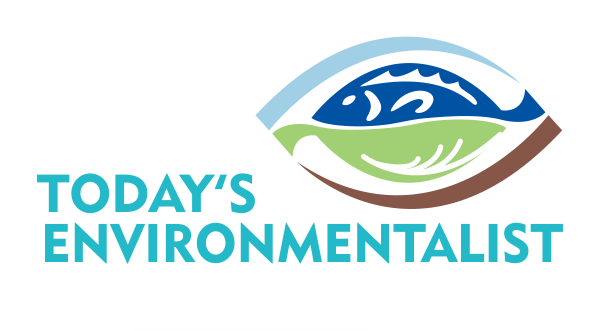The annual Toxics Release Inventory (TRI) National Analysis shows releases of toxic chemicals into the air fell 56% from 2005-2015 at industrial facilities submitting data to the TRI program.
The TRI tracks the management of certain toxic chemicals that may pose a threat to human health and the environment. U.S. facilities in different industry sectors must report annually on how much of each chemical is released to the environment and/or managed through recycling, energy recovery and treatment. The information submitted by facilities is compiled in TRI, and can help support informed decision-making by industry, government, non- governmental organizations and the public.
The TRI National Analysis is EPA’s annual interpretation of TRI data. It highlights how toxic chemical wastes were managed, where toxic chemicals were released, and how the 2015 TRI data compare to data from previous years.
Highlights from this year’s TRI National Analysis include:
| Air releases of toxic chemicals decreased by 56% (851 million pounds) since 2005, including a 63 million pound decrease from 2014 to 2015. o Hydrochloric acid, sulfuric acid, toluene, and mercury were among the chemicals with significant decreases in air releases. o Coal- and oil-fired electric utilities accounted for more than 90% of the reduced releases of hydro- chloric acid, sulfuric acid and mercury to air from 2005 to 2015. |
| In 2015, 87% of toxic chemical waste managed was not released into the environment due to the use of preferred waste management practices such as recycling, energy recovery, and treatment. |
| Facilities initiated more than 7,500 source reduction activities in 2015 that eliminate or reduce the generation of chemical waste. |
The report shows an 8% decrease from 2014 to 2015 at facilities reporting to the program contributed to this ten-year decline. Hydrochloric acid, sulfuric acid, toluene and mercury were among chemicals with significantly lower air releases at TRI-covered facilities. Medical professionals have associated these toxic air pollutants with health effects that include damage to developing nervous systems and respiratory irritation.
Combined hydrochloric acid and sulfuric acid air releases fell more than 566 million pounds, mercury more than 76,000 pounds, and toluene more than 32 million pounds at TRI-covered facilities. Coal- and oil-fired electric utilities accounted for more than 90% of nationwide reductions in air releases of hydrochloric acid, sulfuric acid and mercury from 2005 to 2015 in facilities reporting to the program. This trend is helping protect millions of families and children from these harmful pollutants. Reasons for these reductions include a shift from coal to other fuel sources, the installation of control technologies, and implementation of environmental regulations.
In 2015, of the nearly 26 billion pounds of total chemical waste managed at TRI-covered industrial facilities (excluding metal mines), approximately 92% was not released into the environment due to the use of preferred waste management practices such as recycling, energy recovery, and treatment. This calculation does not include the metal mining sector, which presents only limited opportunities for pollution prevention. The TRI Pollution Prevention (P2) Search Tool has more information about how individual facilities and parent companies are managing waste and reducing pollution at the source.
EPA, states, and tribes receive TRI data annually from facilities in industry sectors such as manufacturing, metal mining, electric utilities, and commercial hazardous waste management. Under the Emergency Planning and Community Right-to-Know Act (EPCRA), facilities must report their toxic chemical releases for the prior calendar year to EPA by July 1 of each year. The Pollution Prevention Act also requires facilities to submit information on pollution prevention and other waste management activities of TRI chemicals. Nearly 22,000 facilities submitted TRI data for calendar year 2015.
This year’s report also includes a section highlighting the new Frank R. Lautenberg Chemical Safety for the 21st Century Act. This section focuses on the overlap between TRI chemicals and chemicals designated as Work Plan chemicals by EPA’s Office of Chemical Safety and Pollution Prevention under the Toxic Substances Control Act (TSCA).
The TRI National Analysis website includes new interactive features such as an automated “flipbook” https://www.epa.gov/trinationalanalysis/30-year-anniversary-tri-program-slideshow depicting how the TRI Program has evolved over the past 30 years, and a new embedded dashboard that allows users to build customized visualizations of TRI data by a chemical or a sector. These features are intended to promote more user engagement and exploration of TRI data.
To access the 2015 TRI National Analysis, including local data and analyses, visit
www.epa.gov/trinationalanalysis
© 2017 Matthew Garamone
Send questions and comments to matt@todaysenvironmentalist.com








